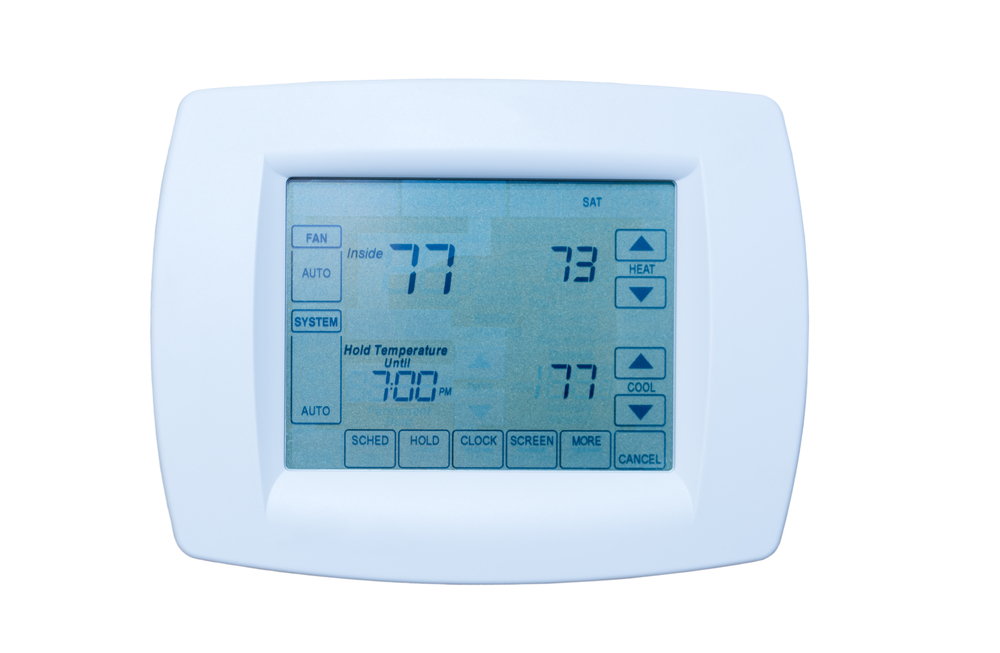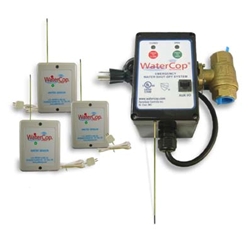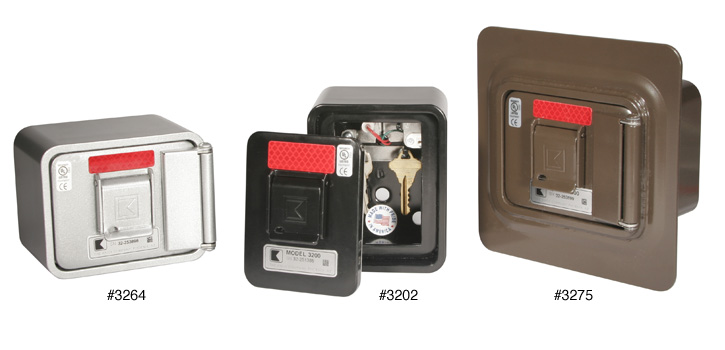Technology makes life much easier for consumers, and yet many overlook its use to prevent damage and monitor homes to reduce a variety of risks.
Smart home technology can turn off the lights, monitor for fire or plumbing leaks and prevent thousands of dollars in damage when owners are away. And that's just the beginning.
Given the fact that the home is, for most people, their single most important asset, that's a large potential impact.
The risk management team from PURE Insurance, a specialty property & casualty insurer, recently shared several smart technologies with PC360 that can reduce risk and prevent damage to homes. Click through the following pages to review their top five.

Smart thermostats
Smart thermostats detect and adjust temperatures, learn user behaviors, and can provide regular insights into energy consumption. Their connectivity allows users to manage temperatures remotely through mobile devices as well, which has important implications for lowering temperature-related risk. A similar option for homeowners with central alarm stations is to purchase temperature sensors that alert users if temperatures go below or above preset limits.
"The connectedness of the smart thermostat can be especially important when homeowners are away from their properties," said Tim Arone, vice president of risk management at PURE Insurance. "For example, when temperatures drop, users can control heat remotely to help prevent frozen and burst pipes."
Smart thermostats also allow homeowners to better manage their energy consumption when no one is home by preprogramming temperatures to more efficiently heat and cool the premises.

Photo courtesy of DIYControls.com.
Water shutoff systems
There are a number of products on the market that provide flow- and sensor-based whole house water shut off systems to protect homes from leaks and minimize potential water damage. Flow-based systems monitor water flow into the home and if a leak is detected they can shut off the water and alert the homeowners.
"While their functionalities vary, both systems are designed to detect leaks early, before major water damage occurs," said Arone. "In addition to real cost savings, these systems can preserve valuable items in the home and prevent them from becoming casualties in a sizable leak."
Some products include wireless sensors to monitor leak-prone areas and branches to common water appliances such as washers. The sensors can be placed in areas that should be continuously monitored for flooding and can close the appropriate valve to protect everything downstream from the valve from flooding.

Thermal imaging cameras
Thermal imaging cameras, also referred to as infrared and thermography cameras, are frequently used by fire departments to determine whether or not there were still occupants in a burning building. Over the last 10 years or so they have been adapted for a host of other uses such as determining air or water leaks in a building, locating areas for potential mold growth and radiant heating wires or pipes in floors.
Infrared cameras are designed to capture temperature changes and display these as various colors on the camera screen. Now used by a number of contractors, homeowners can schedule an inspection in which trained technicians use thermal imaging cameras to discover temperature variations and interpret what the readings mean. Findings can help to improve energy efficiency as well as detect major risks like hot spots or water leaks.
"Homeowners shouldn't view thermograpic inspections as a luxury or nonessential task," said Arone. "These audits can alert homeowners of risks like dangerous hot spots caused by electrical defects."

Photo courtesy of KNOX-BOX.
Emergency access systems
Homeowners with gated entrances can install rapid entry systems that allow immediate access in the event of an emergency. A KNOX-BOX houses home access keys and only opens with a master key held by emergency medical services or fire department responders. Another option is a high decibel sensor, which detects emergency sirens and subsequently unlocks a security gate.
"There are two important reasons for homeowners to invest in rapid entry system technologies. First, they allow more immediate access in the event of an emergency, which can save lives," said Arone. "And second, they eliminate the need for anyone to break down your gate for non-emergencies."
Want to continue reading?
Become a Free PropertyCasualty360 Digital Reader
Your access to unlimited PropertyCasualty360 content isn’t changing.
Once you are an ALM digital member, you’ll receive:
- Breaking insurance news and analysis, on-site and via our newsletters and custom alerts
- Weekly Insurance Speak podcast featuring exclusive interviews with industry leaders
- Educational webcasts, white papers, and ebooks from industry thought leaders
- Critical converage of the employee benefits and financial advisory markets on our other ALM sites, BenefitsPRO and ThinkAdvisor
Already have an account? Sign In Now
© 2024 ALM Global, LLC, All Rights Reserved. Request academic re-use from www.copyright.com. All other uses, submit a request to [email protected]. For more information visit Asset & Logo Licensing.








